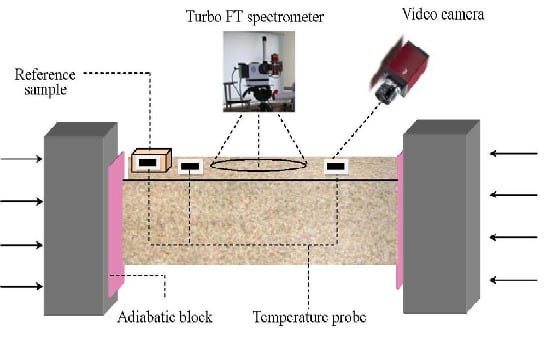Experimental Study of the Thermal Infrared Emissivity Variation of Loaded Rock and Its Significance
Abstract
Share and Cite
Huang, J.; Liu, S.; Gao, X.; Yang, Z.; Ni, Q.; Wu, L. Experimental Study of the Thermal Infrared Emissivity Variation of Loaded Rock and Its Significance. Remote Sens. 2018, 10, 818. https://doi.org/10.3390/rs10060818
Huang J, Liu S, Gao X, Yang Z, Ni Q, Wu L. Experimental Study of the Thermal Infrared Emissivity Variation of Loaded Rock and Its Significance. Remote Sensing. 2018; 10(6):818. https://doi.org/10.3390/rs10060818
Chicago/Turabian StyleHuang, Jianwei, Shanjun Liu, Xiang Gao, Zhengcang Yang, Qiang Ni, and Lixin Wu. 2018. "Experimental Study of the Thermal Infrared Emissivity Variation of Loaded Rock and Its Significance" Remote Sensing 10, no. 6: 818. https://doi.org/10.3390/rs10060818
APA StyleHuang, J., Liu, S., Gao, X., Yang, Z., Ni, Q., & Wu, L. (2018). Experimental Study of the Thermal Infrared Emissivity Variation of Loaded Rock and Its Significance. Remote Sensing, 10(6), 818. https://doi.org/10.3390/rs10060818






